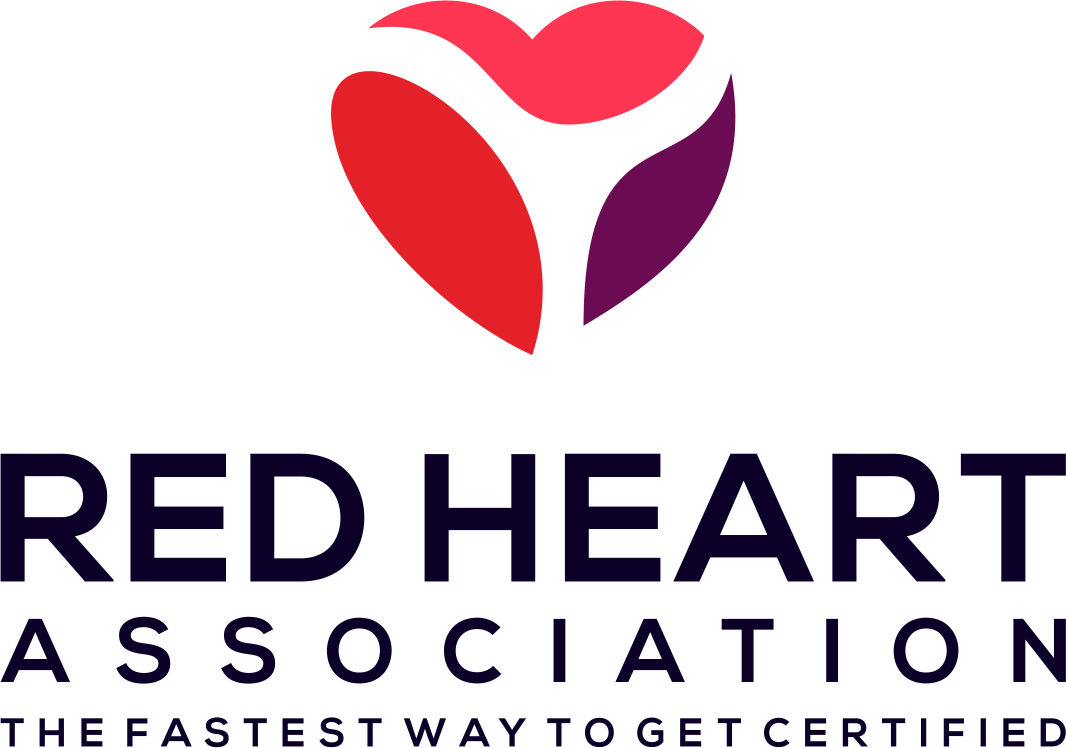CPR for Infants
An infant is defined as under age 1.
The differences for performing CPR on an infant are:
- To check for responsiveness, tap the bottom of their foot.
- Feel for a brachial pulse.
- Chest compressions are done using the two finger technique.
- The compression depth is 1.5 inches or 4 cm.
- Perform a quick survey to check whether the patient is responsive or not by tapping the bottom of the foot. Simultaneously, check for breathing and a brachial pulse for at least 5 seconds and no more than 10 seconds.
- If the patient is unresponsive and not breathing normally, start giving CPR immediately.
Before we begin CPR, request consent to continue from their parent or guardian. If someone is nearby ask for help, have them activate the ERS, and retrieve the AED. If you are by yourself then use your cell phone to call 911.
- In the hospital, use a bed that has a CPR feature, if not then put the CPR board under the patient. Ensure that the bed is positioned at the correct height to allow you to work efficiently.
- Outside of the hospital setting, lay the patient on the floor and kneel beside them.
-Remove clothing that is covering the chest.
-While having the patient lay on a flat, firm surface, first identify the sternum (just below the nipple line).
Place two fingers that are closest in length over the sternum.
-Perform 30 chest compressions while counting each out loud with the following in mind for each cycle:
-Push down on the chest at least 1.5 inches.
-Provide compressions at a rate of 100-120 per minute.
-Allow the chest to fully recoil before providing the next compression.
- An infant pocket mask is best used for a single provider and a BVM is best used for multiple rescue providers.
- Seal the mask over the patient’s nose and mouth and open the airway using the head tilt and chin lift technique.
- If you feel like that there is a neck, head or spinal surgery than use the jaw thrust maneuver.
- Provide 2 rescue breaths. Ensure that each breathe lasts for 1 second and you watch the chest rise.
- In case you don’t have a pocket mask or BVM, give mouth to mouth or mouth to nose ventilation.
If the chest does not rise then something may be blocking the airway.
–Before providing breaths, check the airway for an object.
-If you see the object, attempt to remove the object using a finger sweep.
-Continue checking for foreign objects in the airway after each set of chest compressions.
To ensure high quality CPR and avoid fatigue, alternate rescuers every 2 minutes. Take less than 10 seconds to get into position.
-The infant becomes responsive.
-An AED arrives and no one else is available to help.
-CPR has been performed for 2 minutes and another rescuer is available to take your place.
-CPR has been performed for 2 minutes, no one is nearby to help, and 9-1-1 needs to be called.
-Emergency Medical Services arrive and take over.
-Exhaustion is reached.
-The scene becomes unsafe.

